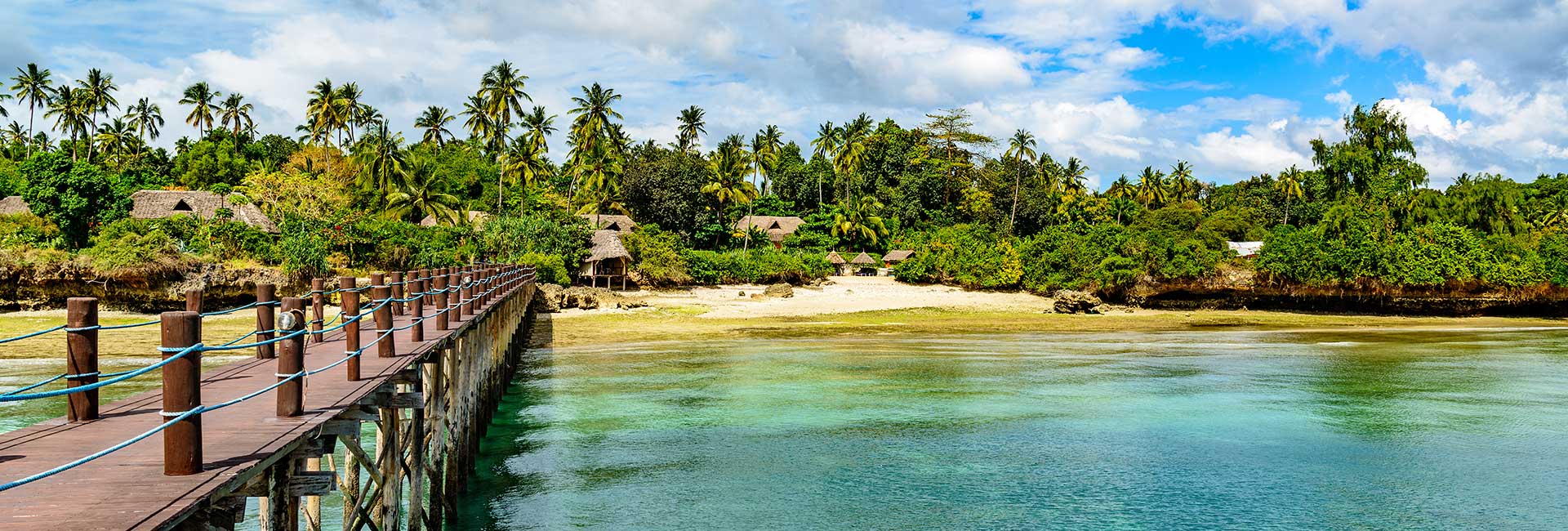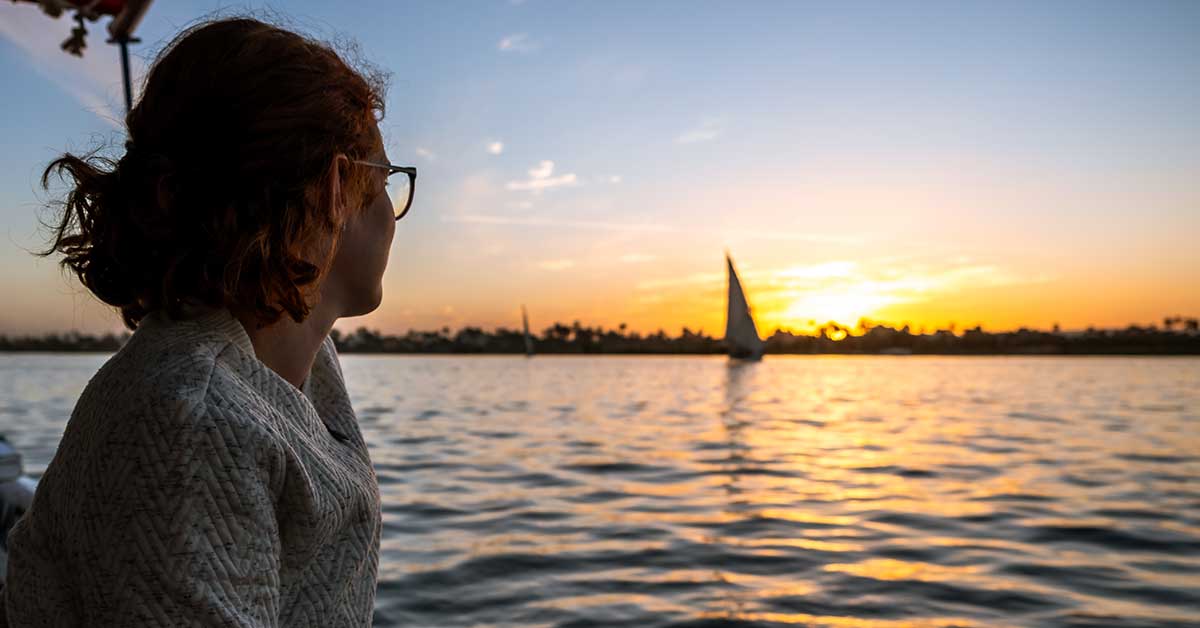
When one thinks of Africa, visions of emerald jungles, technicolour desert sunsets and majestic beasts roaming vast grassy plains instantly come to mind.
Yet, on the east coast of Africa lie several islands that count among the most breathtaking on our planet.
Few people ever consider the east coast of Africa to be a gateway to many exotic island destinations. But Madagascar, Mauritius, Seychelles, Zanzibar, Comoros and Réunion are just some of the many island jewels awaiting discovery off the coast of eastern Africa.
Each of these east African, Indian ocean islands has an intriguing history with breathtaking architecture from centuries past, mouth-watering Creole cuisines originating from a multitude of cultures, varied, dramatic landscapes, pristine beaches and an abundance of endemic animal and plant life.
Add to that all the coral-reef snorkelling and scuba-diving you could wish for (with sightings of turtles, rays, dolphins, whales and many other marine creatures often just one dive away) and, whichever Indian Ocean passage you select, you have a recipe for an unforgettable cruising adventure.
The east coast of Africa certainly has no shortage of amazing islands to explore by boat, so let’s take a closer look at 3 Unmissable Island Destinations Off the Eastern Coast of Africa.
Just off the coast of Kenya, forming part of the Lamu Archipelago, lies Lamu, one of the oldest Swahili settlements in East Africa.
Surrounded by the warm Indian Ocean, this peaceful, car-free island (which is home to over 3500 donkeys) is less well known than popular East African cruising destinations like Zanzibar and Mombasa, but this is precisely where Lamu Island’s charm lies.
Beautiful Lamu’s remote location, unique history and breathtaking Swahili architecture have earned it UNESCO World Heritage status.
The island evokes a feeling of times gone by, with transportation mainly by donkey, boat and a handful of motorbikes.
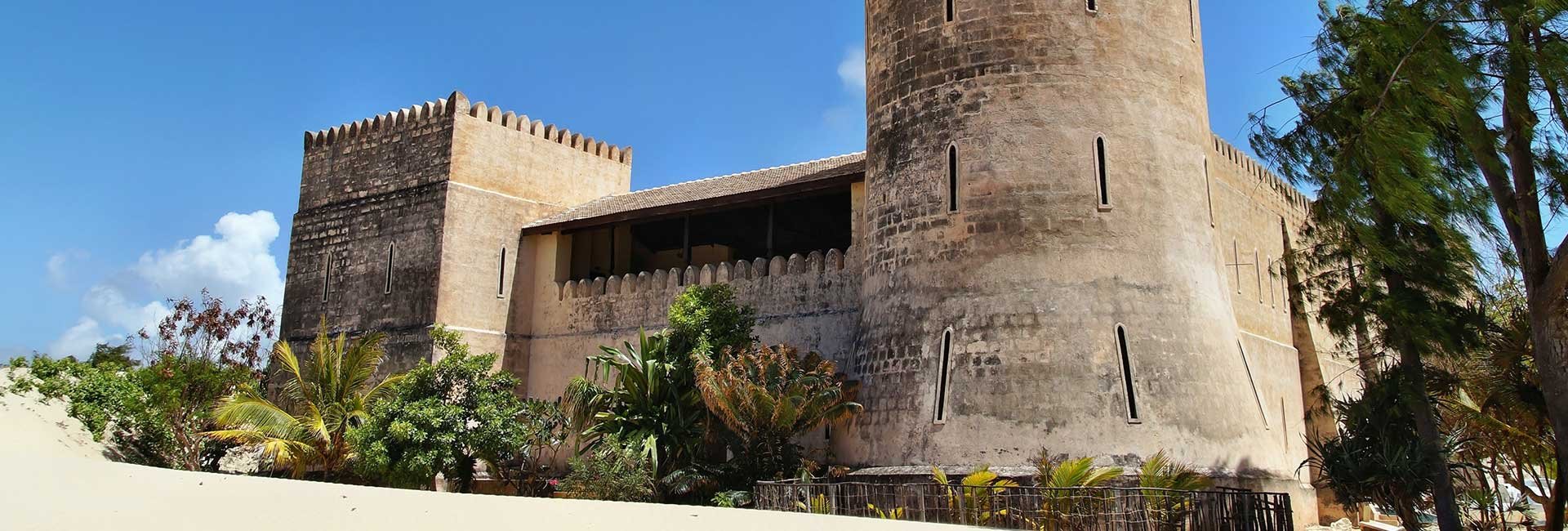
With its rich heritage, Lamu island won’t leave any history junkie disappointed. At Lamu Fort (constructed in 1830 and previously used as a slave gateway, later to become a prison), you’ll learn more about the island’s long and complex history, as well as the influence of the Portuguese, Omanis, Chinese and British settlers on the island.
Founded in the 12th century, Lamu island has been continually inhabited for more than 700 years. When visiting Lamu Old Town, be sure to stop by Lamu Museum and Swahili House, where you can learn more about this intriguing island's culture and history.
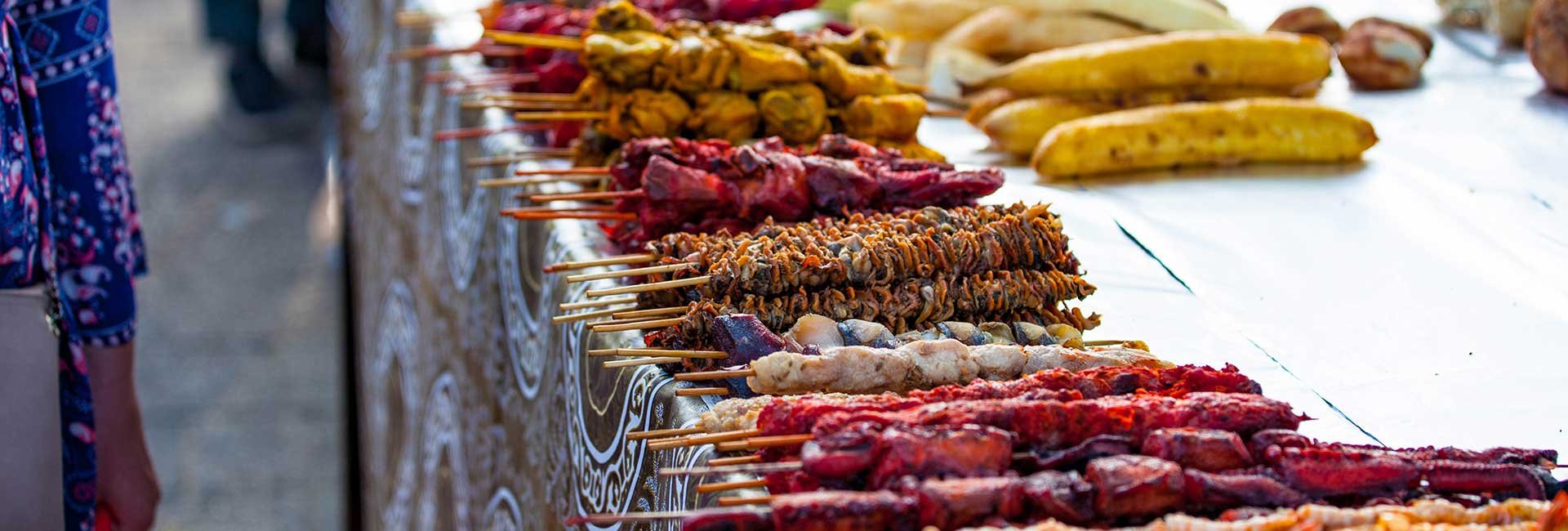
With its rich heritage, Lamu island won’t leave any history junkie disappointed. At Lamu Fort (constructed in 1830 and previously used as a slave gateway, later to become a prison), you’ll learn more about the island’s long and complex history, as well as the influence of the Portuguese, Omanis, Chinese and British settlers on the island.
Founded in the 12th century, Lamu island has been continually inhabited for more than 700 years. When visiting Lamu Old Town, be sure to stop by Lamu Museum and Swahili House, where you can learn more about this intriguing island's culture and history.
A mere 15-minute cruise from Lamu Town lies less-crowded Shela Village.
Famous for its pristine beaches, Shela is perfect for a day of beach exploration, diving, sunning and swimming. Drop anchor on its shores and don’t forget to take a walk up the Shela dunes for a breathtaking bird’s eye view of the entire island.
White-sanded, palm-fringed Manda island is, quite simply, watersports heaven. Here you can indulge in all the snorkelling, scuba diving, kayaking and waterboarding your ocean-loving heart desires.
While visiting Manda island, be sure to pay a visit to the Takwa ruins, situated on Manda island's western side. These ruins are the remains of a prosperous 15th and 16th century Swahili trading town that was abandoned in the 17th century.
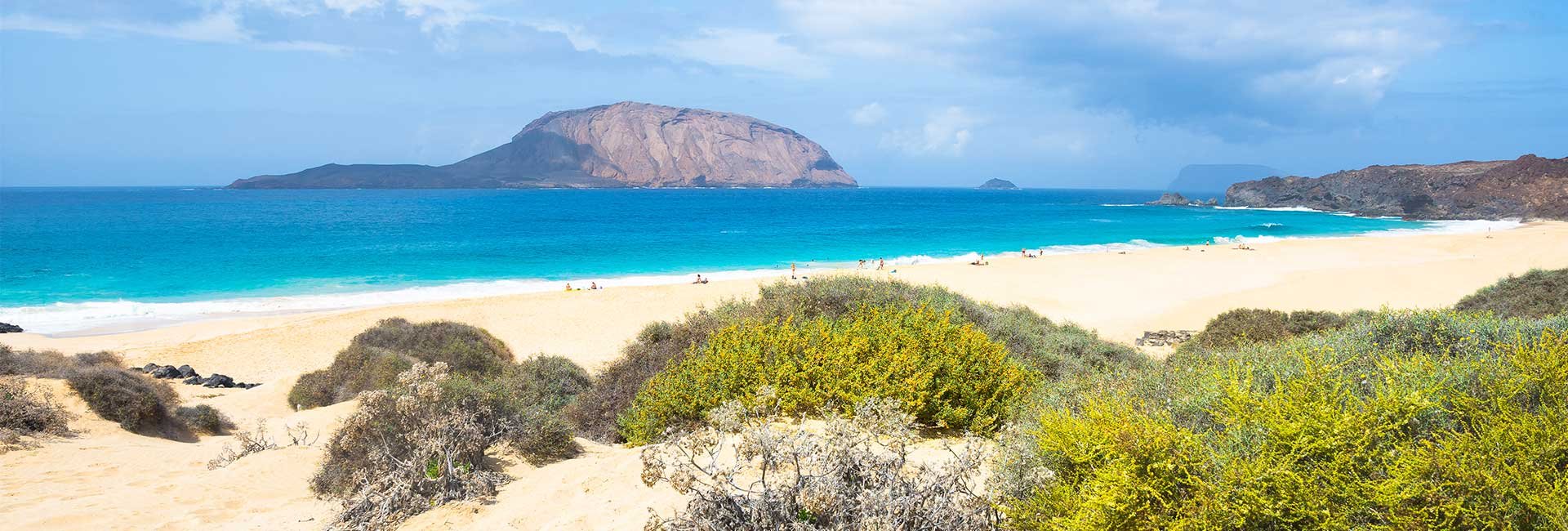
Lamu’s eclectic cuisines richly reflect the cultures (Indian, Portuguese and Arab) of the many people that have inhabited the island over the centuries.
Don’t lift anchor before sampling the island’s famous seafood dishes, cooked to perfection in a fragrant blend of local spices, served with coconut rice and chapatis.
Remember to also try some mahamri (spiced doughnuts), usually served for breakfast with peas cooked in coconut milk.
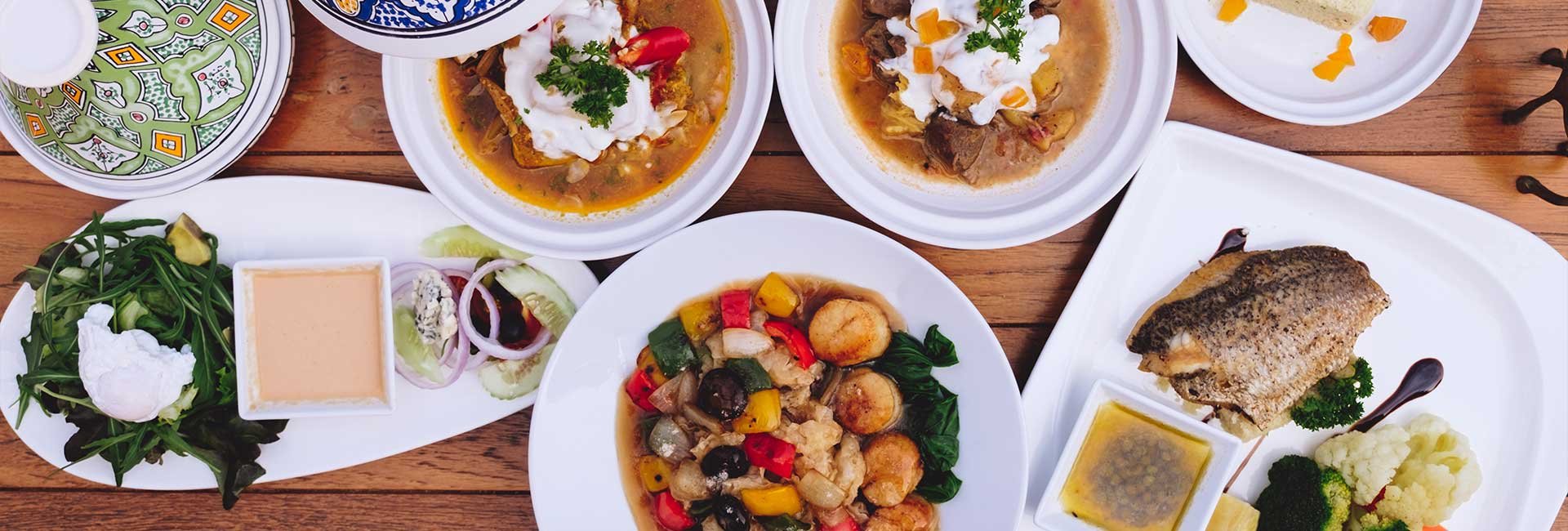
Lamu Island offers visitors a host of cultural attractions, including many festivals held on the island every year. The most well-known of these is the Lamu Cultural Festival, which takes place every August.
In March, the island presents the annual Lamu Yoga Festival, which brings together yogis from all over the world for yoga classes (20 different types, no less!) and workshops, presented daily over the course of a week.
There are also religious, painter's (and even hat) festivals hosted on Lamu Island throughout the year, and you would do well to book your spot for any of these gatherings well in advance.
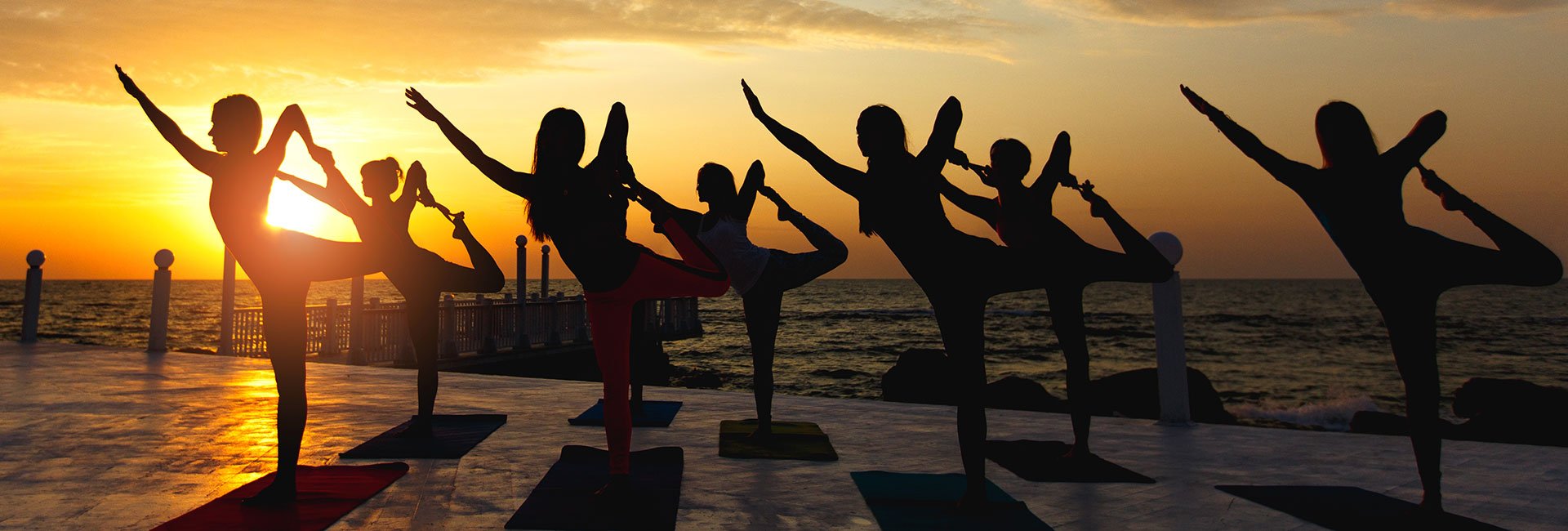
Lamu Island has a tropical climate, with weather ranging from hot, to sweltering and humid. The island is affected by monsoons, with its heavy rainy season lasting from April through June (also called “season of the long rains”).
The period from October to November ("season of the short rains") is the best time of year for cruising Lamu island. Take note that this region's weather is influenced by the monsoons, which also dictate the ocean currents' direction.
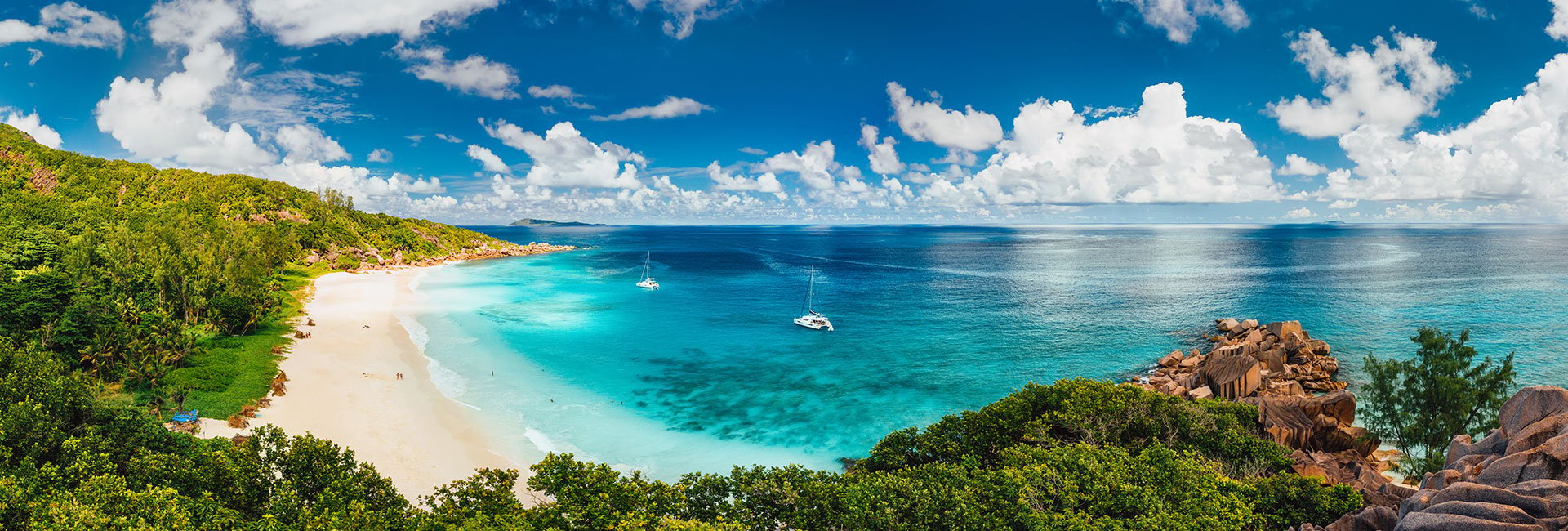
You can drop anchor off white, sandy Shela beach, which lies to the north of Lamu Town. Just be cautious in your approach, as unmarked rocks can imperil your journey. Time your approach to take place during the daytime, as the maintenance of lit markers in Kenyan waters is not always up to scratch.
Also, take care when navigating from the shipping channel to the Shela anchorage, as there is a danger of hidden rocks. If you are unsure, you can just follow the local craft.
When cruising towards Lamu, also remember to take some extra fuel and water with you, as facilities in Lamu Town may not always be able to supply your requirements.
When sailing the Kenyan coast, you’ll be required to report to customs at all ports.
A transit log (you can get this from customs on your arrival) will also be required for any movement in Kenyan waters. When you plan to lift anchor and journey on, remember to notify local customs of your itinerary, your time of departure and your estimated arrival time at your nominated next port.
If you have a firearm in your possession, you must declare it on arrival. It will be held in custody until your departure. There are no restrictions in place for cruising with animals, but you are advised to ensure that your pets’ rabies vaccinations are up to date.
There are no restrictions in place on the period of time your yacht may remain in Kenya. For citizens of most countries (including the UK and USA), visas are required.
Do note that it is a serious offence to buy animal skins, stuffed animals and ivory anywhere in Kenya. It is also forbidden to take photos of police, ports, naval buildings, military personnel or vessels.
Did you know that 80% of the flora and wildlife on Madagascar are to be found nowhere else on earth?
Indeed, the large island (situated 300 miles off the east coast of southern Africa) is legendary for its incredible profusion of plant and animal life. What’s more, a dizzyingly large number of species on Madagascar are completely unique to the island.
Still untouched by mass tourism and famous for its friendly, welcoming Malagasy people, magical Madagascar offers visitors breathtakingly diverse natural scenery, including deserts, mountains, volcanos, rainforests, coral-reef linked island archipelagos and pristine beaches surrounded by the crystal-clear turquoise waters of the balmy Indian Ocean.
Located in the Mozambique channel, just 8 km from Madagascar's northwest coast, lies the volcanic island of Nosy Be ("big island" in the Malagasy language).
On Nosy Be, you can indulge your passion for diving and watersports to your heart's content, exploring the island's pristine coral reef while taking in its incredible marine life. This includes swimming with turtles, dolphins – and possibly even spotting a few humpback whales and whale sharks.
With several smaller islands (including Nosy Komba, Nosy Mitsio, Nosy Sakatia and Nosy Tanikely) ready for exploration close by, Nosy Be has a surface area of approximately 312 square kilometres, boasting no less than 11 volcanic crater lakes.
The island is also famous for being home to some of the smallest frogs and chameleons on the planet and, of course, several species of lemurs.
No cruise along the coast of eastern Africa is complete without a stop at Madagascar and, while cruising the island’s coastline, you’ll never regret dropping anchor at the shores of enchanting Nosy Be.
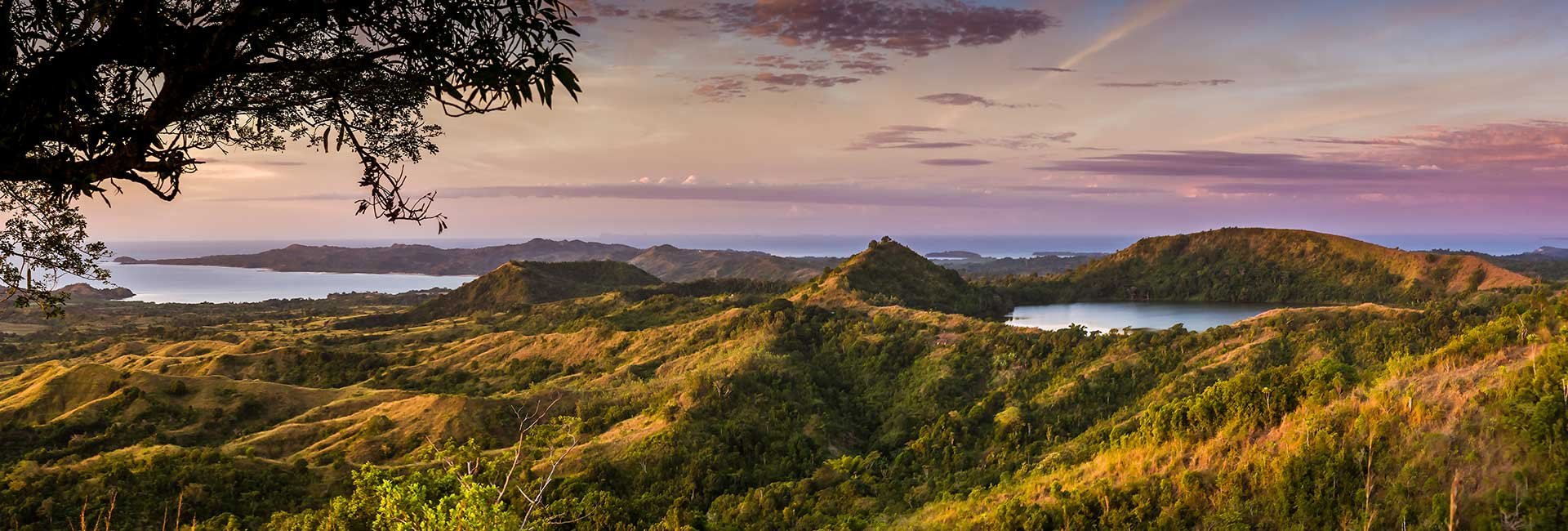
Located on Nosy Be's southeastern side, breathtaking Lokobe Natural Reserve comprises 740 hectares of the last remaining lowland rainforest on the island.
Known for being home to the black lemur (among several other nocturnal and diurnal lemur species) and the Nosy Be panther chameleon (Furcifer pardalis), this stunning natural reserve is also home to an incredible variety of endemic medicinal plants, as well as about 17 species of endemic birds, including the Malagasy kingfisher and the threatened Madagascan long-eared owl (Asio madagascariensis).
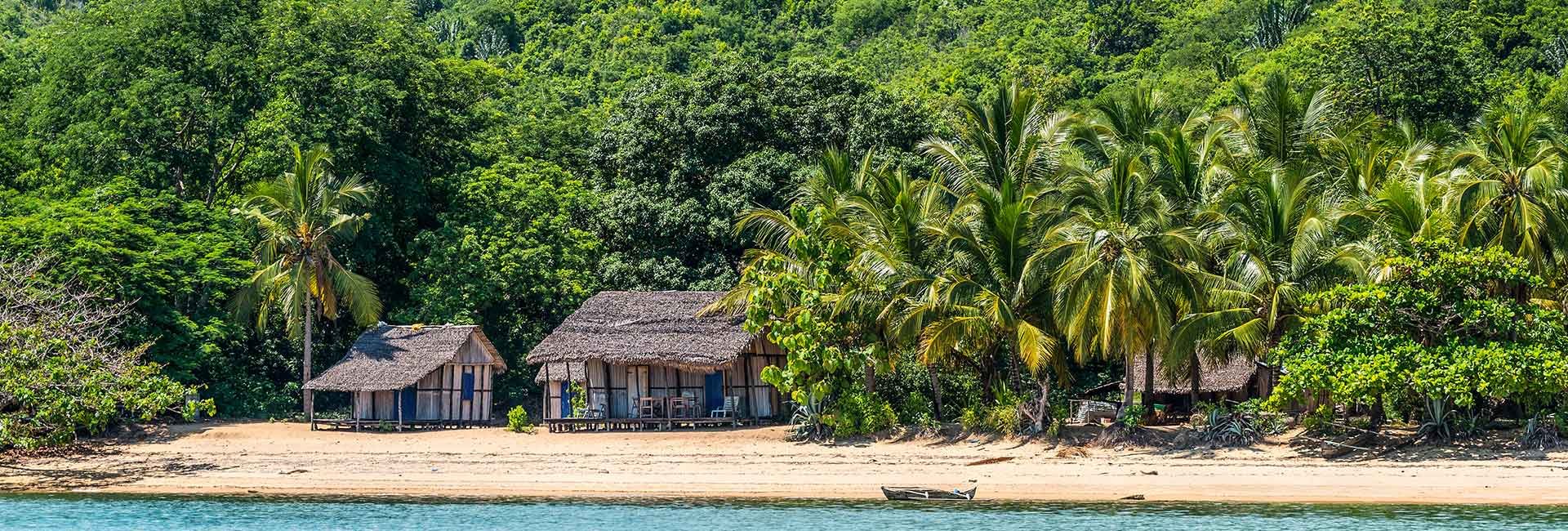
Despite the mental images this charming town’s name might conjure, Hell-Ville offers visitors a delightful selection of excellent eateries, a lively nightlife scene and a bustling, colourful village market.
If you’re visiting Nosy Be during May or September, you might even catch the Donia music festival – a four-day celebration that sees music groups from all corners of Madagascar, as well as Mauritius, Réunion and Seychelles get together for a good old celebration of all things musical.
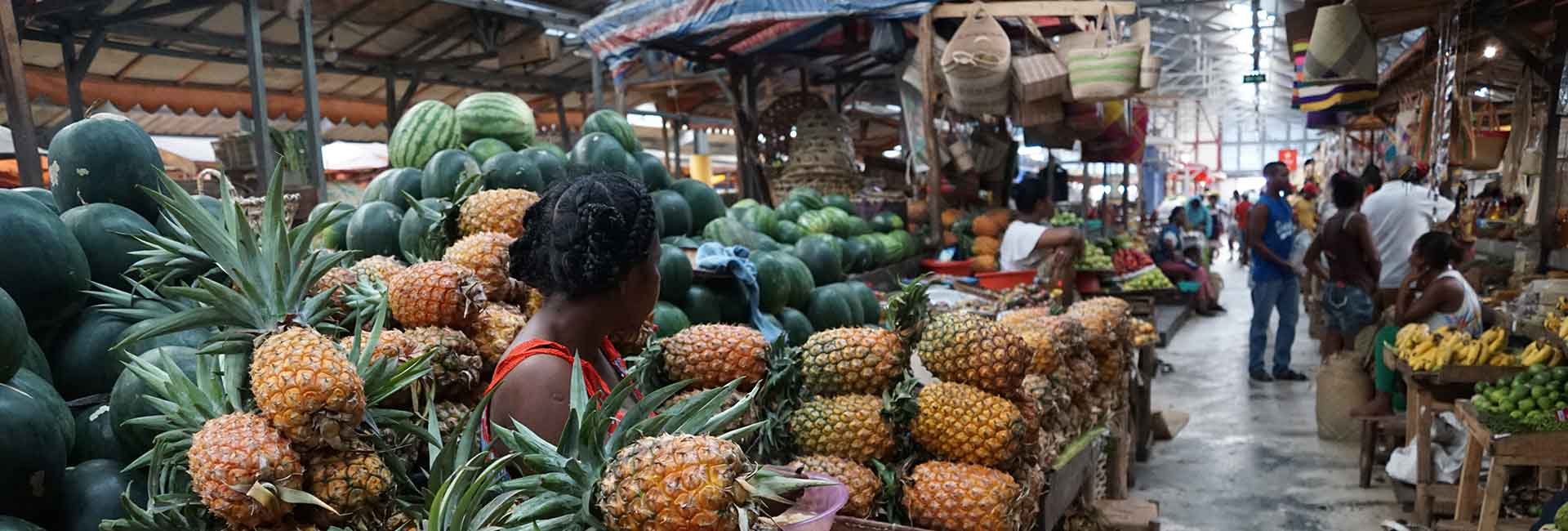
Nosy Be is as close to watersport heaven as you’ll get, and Andilana beach is where it’s all happening. Widely hailed as Nosy Be’s most beautiful beach, the popular, 2 km-long stretch of coastline forms the island’s northernmost point.
Drop anchor off Andilana beach where, once ashore, you can relax in the shade of a palm tree, snorkel, scuba dive, whale-watch, sportfish and partake in watersports like kitesurfing, windsurfing (and many more) to your heart’s content.
At Andilana you can also sample some delicious local Malagasy cuisine and enjoy the amenities at one of the many resorts dotting its sandy shores.
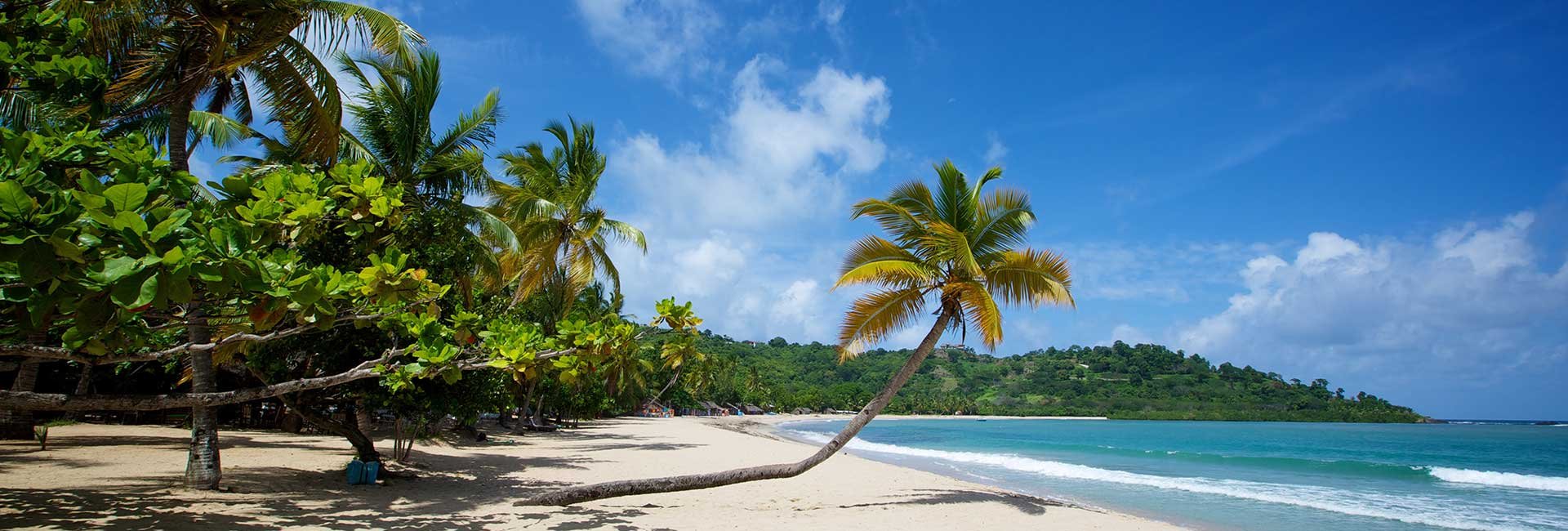
A cruise to Nosy Tanikely (“the island of the small earth”), situated off Nosy Be’s southern coast, is highly recommended.
This beautiful little island with its rainforests, abundance of wildlife, idyllic coral beaches and perfect snorkelling waters is also a national marine reserve widely known for its remarkable land and marine biodiversity.
Go early in the day to avoid crowds, and venture a little deeper into the ocean for a breathtaking coral reef teeming with colourful fish. If you’re lucky, you may even enjoy a swim with turtles, dolphins and rays!
Many diving enthusiasts have named the coral reef of Nosy Tanikely as giving them their best snorkelling experience ever, so be sure to drop anchor at this little gem of an island before setting sail from Madagascar.
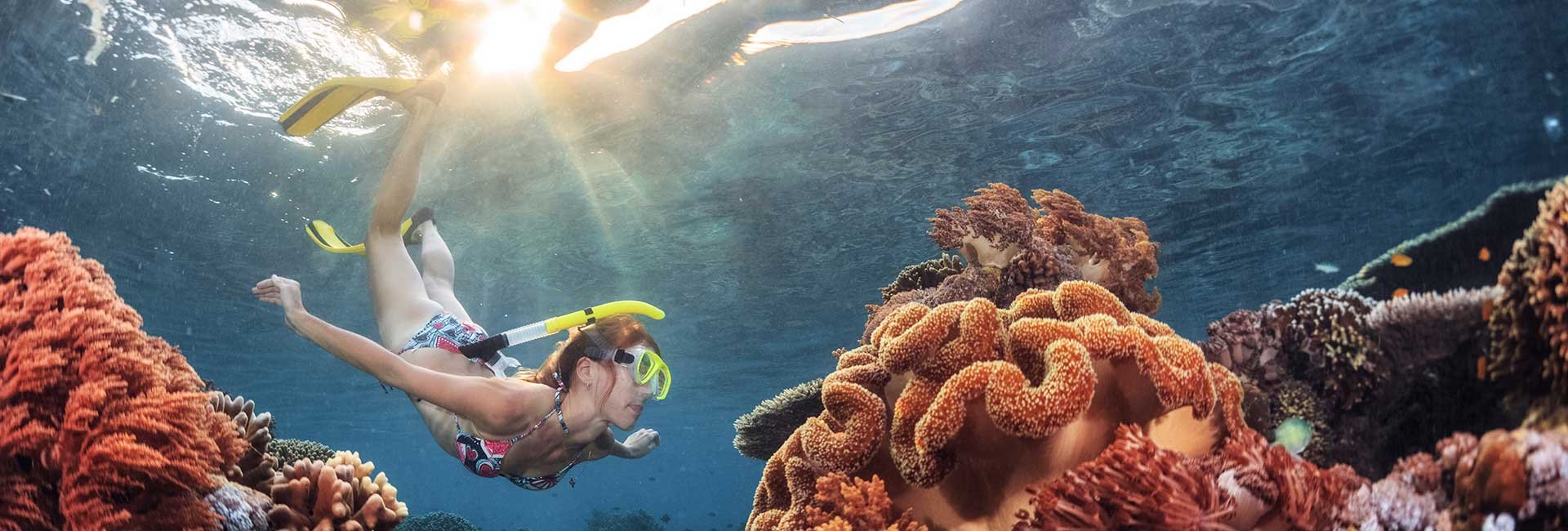
Like Madagascar, Nosy Be has a tropical monsoon climate and is most humid during the summer months of December, January and February. The island's wet season runs from October until early May, followed by a short dry season lasting through September.
Daytime temperatures (averaging around 30°C/86 °F) are reasonably steady throughout the year, with nights slightly cooler during the island’s dry season. Southeast trade winds prevail until end October, with thunderstorms occurring occasionally.
The best time of year to cruise this region is between April through mid-December. You'd be wise to avoid the wet cyclone season (primarily affecting the island’s east coast) from late December to March.
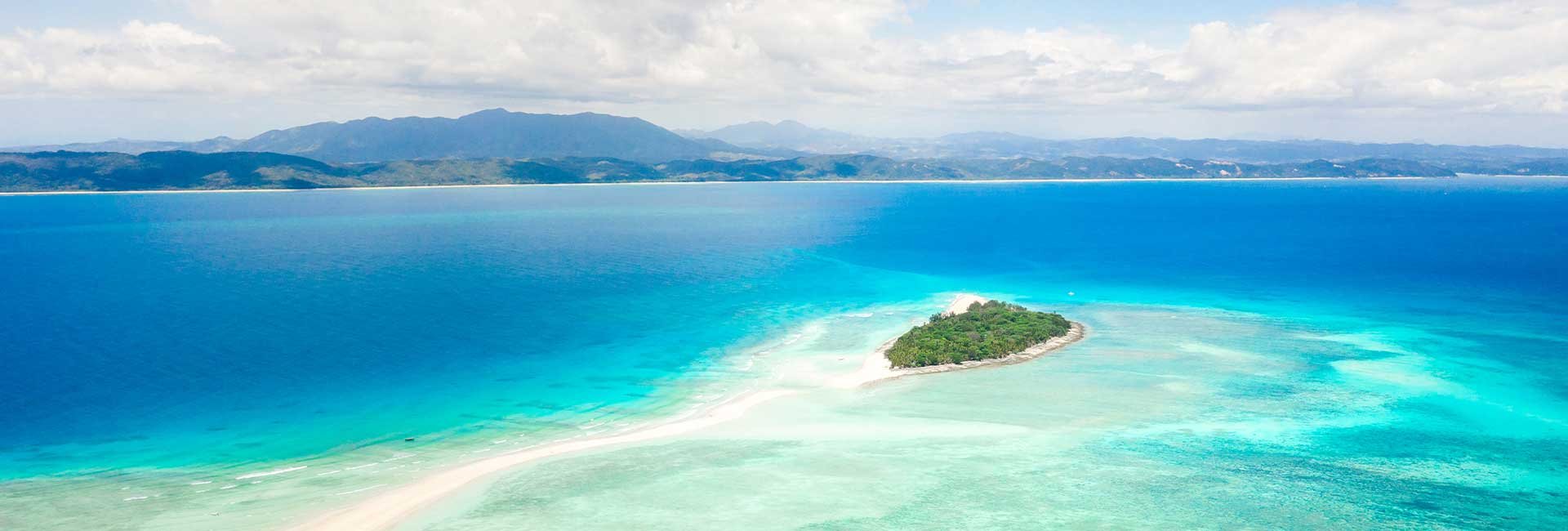
Your initial entry into Madagascar must be made at either Majunga or Toliara.
Approaching Madagascar from the north, Majunga on the northwest coast will be the best port of arrival. If you are approaching from the south, Toliara on the island’s southwest coast will be the best port of arrival.
On arrival, in order to gain clearance into the country, you will be required to visit local police, the port captain, immigration and the island's Customs and Health offices.
Cruiser’s Tip: Have lots of copies of your boat and crew papers handy, as you will be asked to leave your ship’s papers at all the above-mentioned offices.
Please note that all firearms and ammunition must be declared on arrival and that it might be held in custody until your departure.
It is also important to note that no animals, including pets, will be allowed ashore anywhere in Madagascar.
Surrounded by the warm blue waters of the Indian Ocean, east of Madagascar and about 130 miles southwest of Mauritius, lies the tiny, crater-filled island paradise of Réunion.
Famous for its dramatic volcanic interior, stunning rainforests, pristine beaches and breathtaking coral reefs (not to mention its rich African, Asian and European heritage), Réunion Island (a French region that’s part of the European Union) is the epitome of a cultural melting pot – pun intended!
Similar to the island of Hawaii which is also located above so-called “hotspots” in the earth’s crust, fiery Réunion Island is just 63 km long and 45 km wide.
A world-renowned climbing destination, the island's most iconic landmark is Piton de la Fournaise, an active 2,632 m-high volcano, followed closely by the towering, extinct Piton des Neiges (3,069 m) and The Cirques – Réunion’s three calderas (natural amphitheatres formed by collapsed volcanoes – in this instance, by Piton des Neiges).
With 17 miles of pristine beaches on its west coast, an active volcano in the south and several breathtaking mountains and forests in between, Réunion Island is a place of dizzying contrasts, offering endless opportunities for adventure.
The fact that almost half the total area of Réunion Island has been classified as
UNESCO World Heritage sites should be enough to convince you that this little tropical jewel is a cruising destination you cannot afford to miss.
Read on as we explore some of the stand-out attractions this volcanic wonderland has to offer.
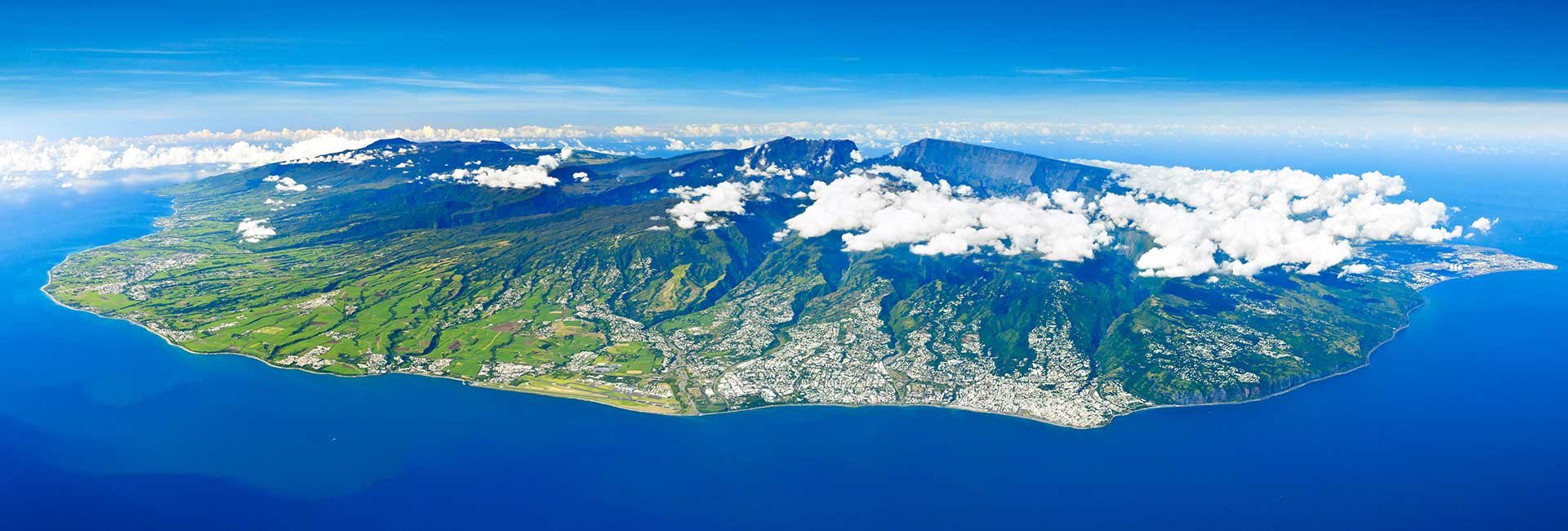
No visit to Réunion is complete without a trek up Le Piton de la Fournaise (Peak of the Furnace) – one of the most active volcanoes on our planet.
A mere glance at this massive landmark will instantly remind you why the island of Réunion is considered a climber’s heaven. You’ll have the options of admiring this awe-inspiring volcano from a microlight aeroplane or helicopter but (when it’s not spitting fire) the most rewarding way to explore Le Piton de la Fournaise is a good, old-fashioned trek up the mountainside!
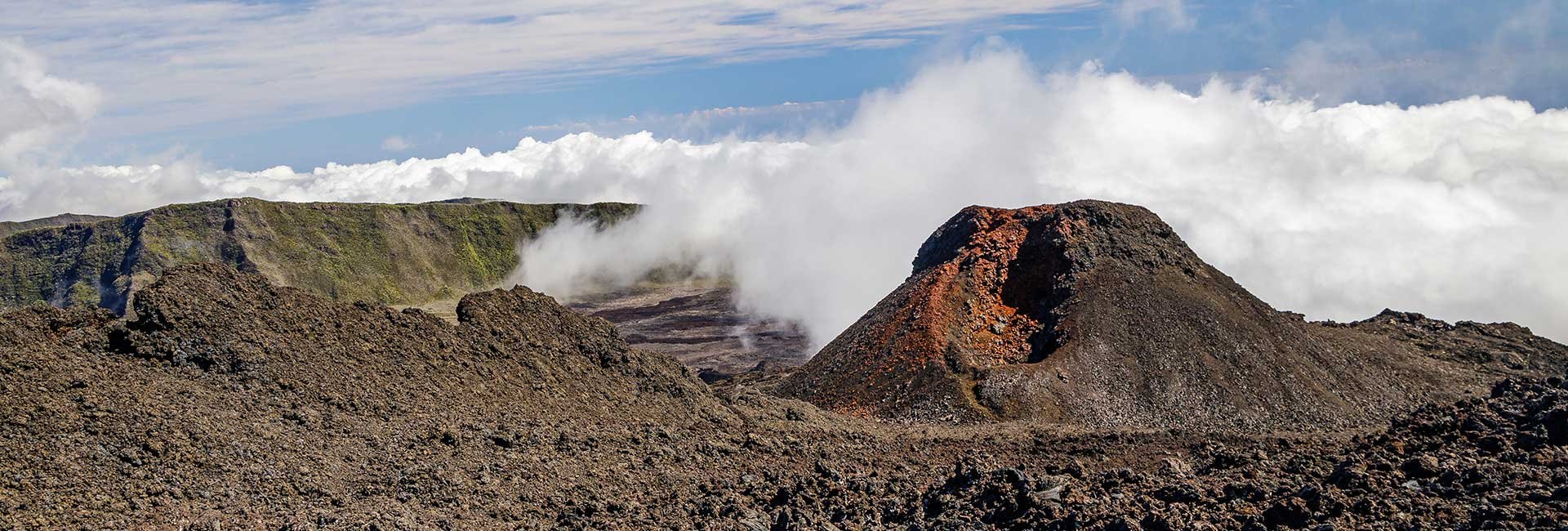
On the island’s west coast, the town of Saint-Paul is home to one of Réunion’s most vibrant weekly markets. Every Friday morning to Saturday noon, locals and tourists flock to this bustling seafront marketplace to browse its many colourful stalls.
At the Saint-Paul market, you can stock up on fresh vegetables, exotic fruits, locally grown vanilla pods and honey, as well as a wide selection of arts and crafts, including sarongs, hats, t-shirts and intricate basketwork.
When you're done browsing Saint-Paul's market stalls, be sure to sample some of the local Creole cuisines – takeaway delicacies sold at the market include gâteaux patates (sweet potato cakes), pains bouchons gratinés (a Réunion speciality sandwich with cheese and pork dumplings), Victoria pineapples and samosas.
If you prefer a sit-down lunch, do support one of the many small restaurants dotted around the market for some delectable local fare like saucisse rougail (a flavourful sausage curry served with rice) or a mouthwatering local Creole chicken curry.
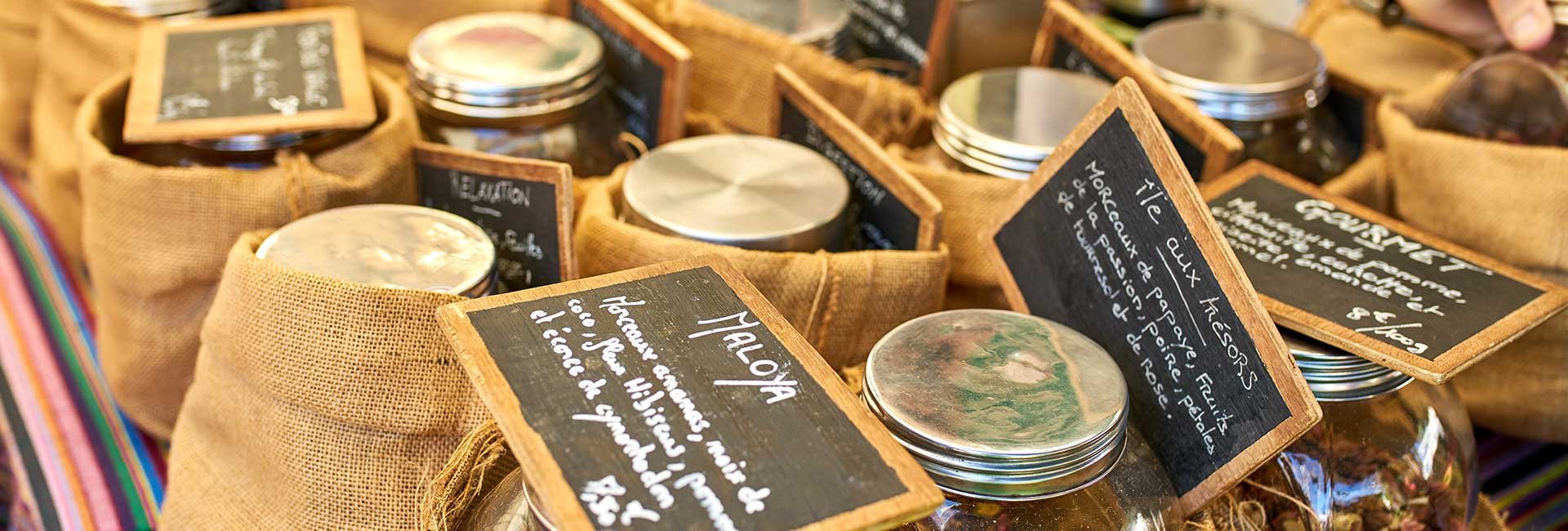
While Réunion’s interior forests, mountains, calderas and vertiginous peaks already make for an unforgettable cruising destination, the island also boasts some magnificent beaches on its west coast.
The longest beach on Réunion (and home to its only lagoon) is Ermitage beach (pronounced “l’Hermitage” by locals). Drop anchor off this stunning 2 km-long stretch of paradise (known for being the only white-sanded beach on the island) for a day of shoreside exploration, coral-reef snorkelling, sun-basking and, if you’re lucky, swimming with whales, turtles and dolphins!
Réunion Island is also well-known for being one of the best sportfishing, diving and watersports destinations on the planet.
April to May is the best time for hooking dorado, yellowfin tuna, sailfish and big marlins, while June to September are the best months for spotting humpback whales.
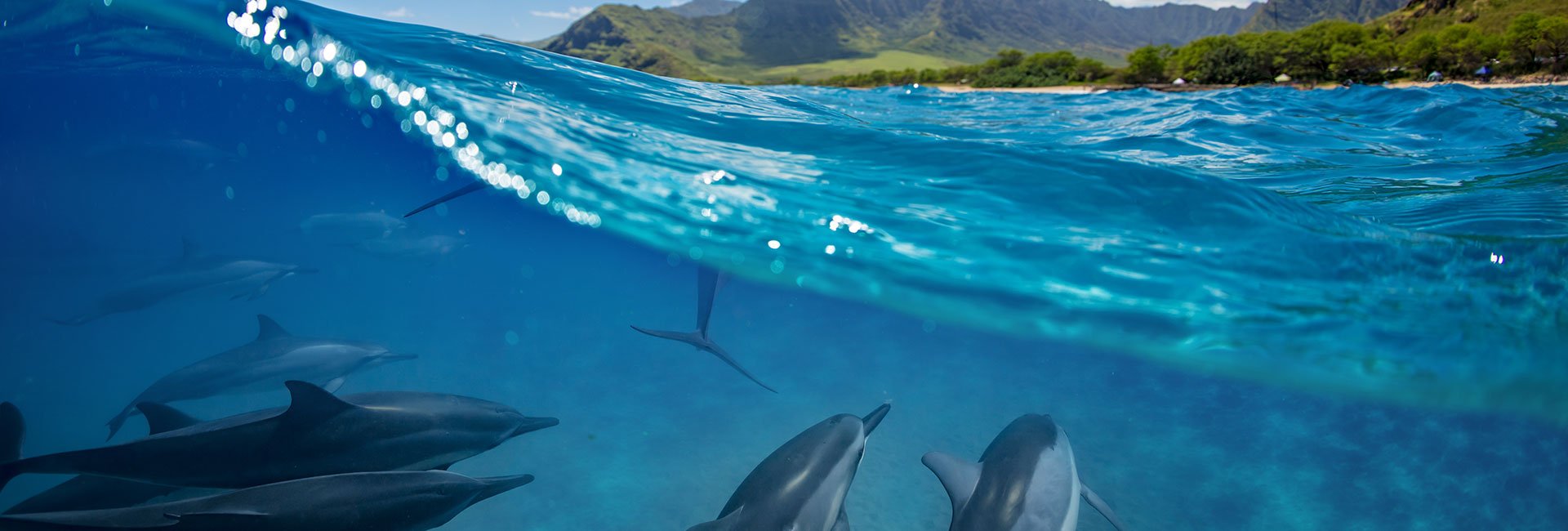
Also known as "the old city", Saint-Denis is Réunion’s capital. This picturesque city on the island’s north coast is a cultural treasure trove, holding much of Réunion’s history among its many cultural sites, monuments and museums.
Not-to-be-missed Saint-Denis destinations include the Jardin de l’Etat public gardens (also home to a natural history museum); the Léon Dierx art gallery and museum; as well as Le Barachois seafront park, where you can buy tasty Creole fare from the many food trucks for an oceanside picnic.
Once you've finished exploring the streets of Saint-Denis, be sure to take the 15 km-drive out to La Roche Écrite ( “Written Rock” in French) in time to catch the glorious sunset. This 2.277 m-high mountain summit offers stunning views of the capital and beyond.
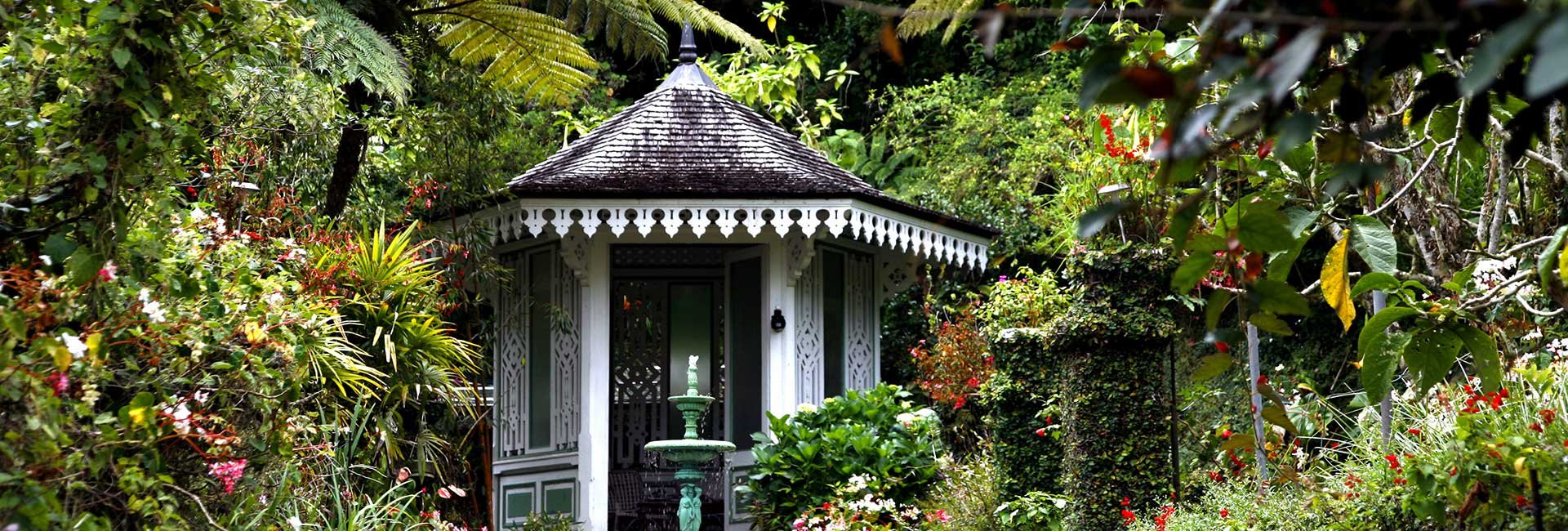
This lush, landscaped botanical garden is set on 2.5 hectares of land in the heart of Saint-Gilles-les-Bains on Réunion's west coast. It is home to over 700 species of plants and a wide variety of tropical creatures, many of which are endemic to the island.
Le Jardin d'Eden is a place of peace and tranquillity. If you love plants and, most of all, serenity, you will never regret spending two hours on a guided walk to take in its many wonders.
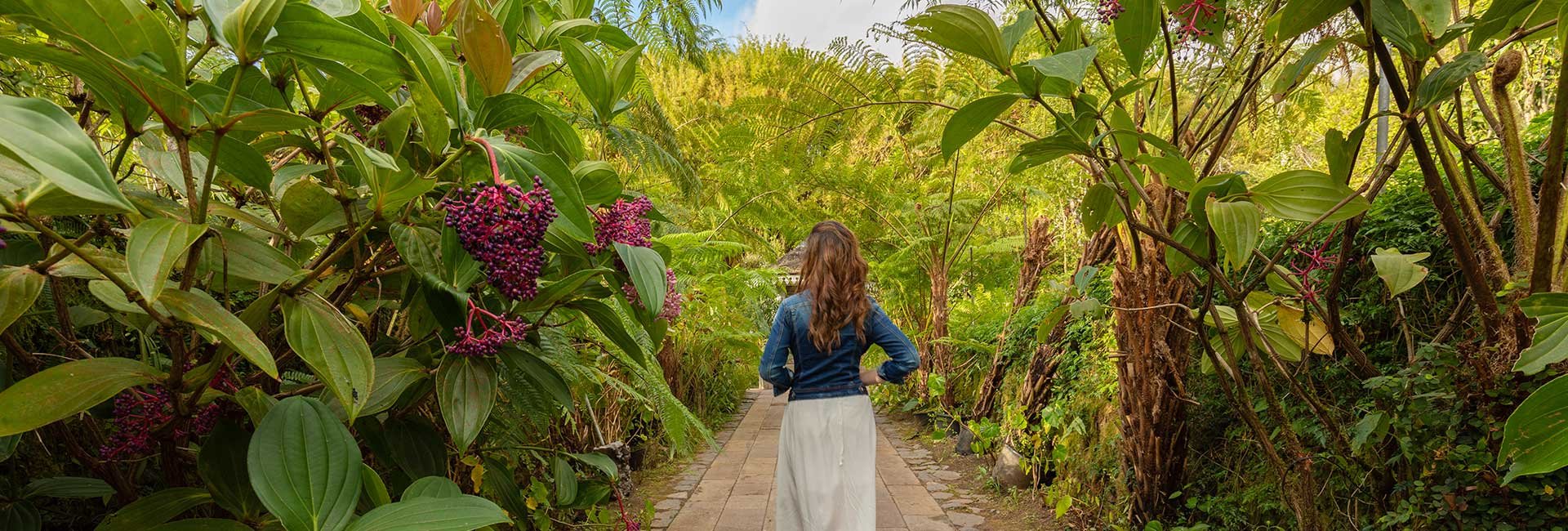
According to experts, Réunion has over 100 microclimates! Generally speaking, the island’s climate is tropical and humid, with the sea temperature rarely dropping below
23 °C.
Réunion’s rainy summer season runs from December to March, with an average coastal temperature of 26 °C. The drier winter months (the perfect time of year for whale watching) fall between April and November, when the average coastal temperature is around 20 °C.
The island’s cyclone season usually lasts from December until February, with prevailing winds coming from the east and southeast.
Regarding passages to Réunion, most yachts choose to run with the southeast trade winds from the end of April until September. The island is often approached from the east-northeast after setting sail from Port Louis, Mauritius.
Should you be lifting anchor to set out from Port Louis, the distance to Le Port, Réunion is about 140 nautical miles. The favourable current as well as trade winds will likely help you along at near hull speed.
For the best chance at a safe and comfortable cruise, plan to sail Réunion between May and October, outside of the island’s cyclone season.
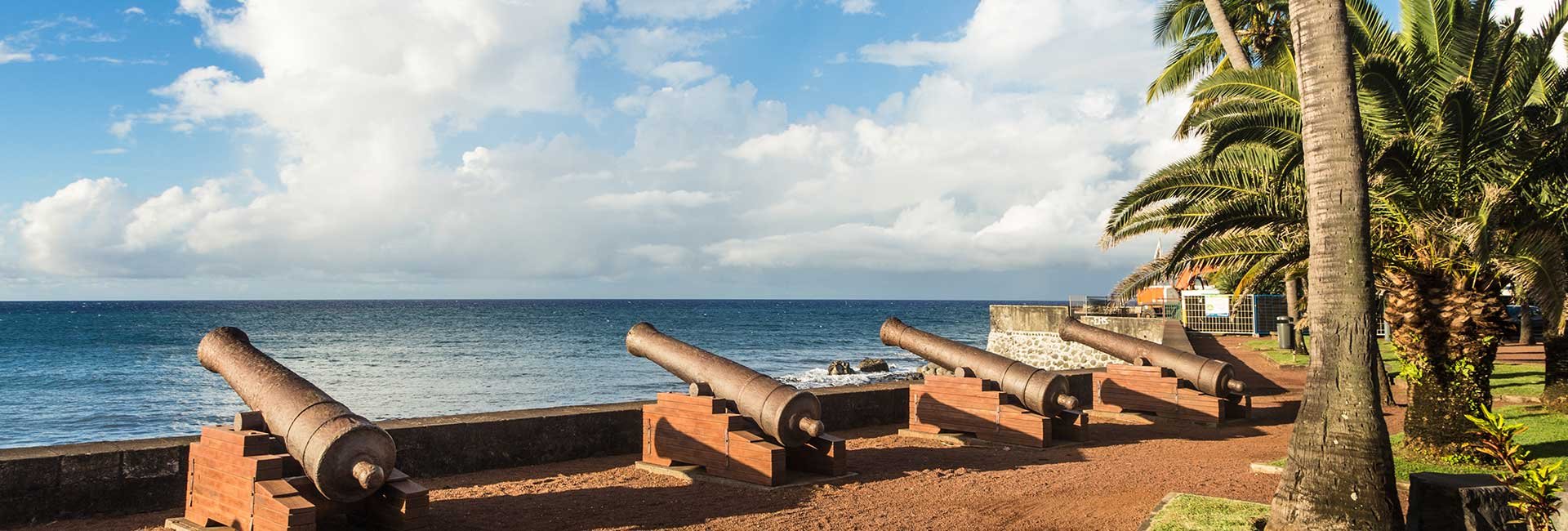
Réunion’s ports of entry are Saint Pierre in the south and Pointe des Galets in the north, with the main marina being Le Port in Pointe des Galets.
The port of Saint Gilles le Bains (on Réunion's northwestern coast) is known for being rather shallow, so please take caution should you decide to drop anchor there.
Note that The Pet Travel Scheme (PETS) is in operation in Réunion and that your furry friends are required to have a microchip, pet passport, current health certificate and rabies vaccination certificate (a recognised veterinarian must issue both these certificates). Pets are also required to have been blood-tested before their arrival in Réunion.
Visas must be obtained from a French consulate or embassy before your arrival (do make sure that the visa issued to you is valid for Réunion specifically).
Your yacht is allowed to stay in Réunion for up to 6 months (this includes multiple entries) during a 12-month period, provided that no crew member enters into employment ashore, or that your vessel is chartered (note that "paying crew" is considered chartering).
These are only three of the many incredible sailing destinations that await off the eastern coast of Africa.
When planning your next cruise, do keep this spectacular corner of the world in mind as there is so much to explore. Once you've sailed this awe-inspiring region, we know you'll be back for more!
